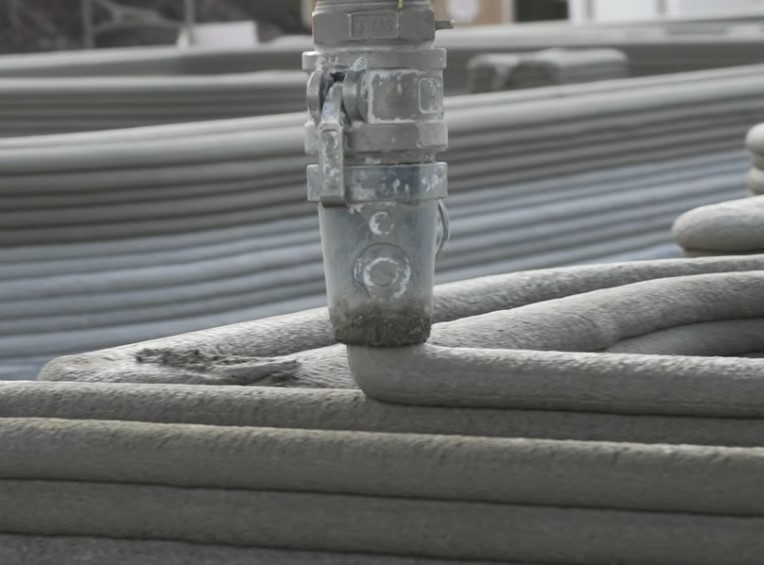Elevating Housing and Shelter Programs
Elevating housing and shelter programs by incorporating engineering and robotics represents an innovative and transformative approach to address the critical challenges of homelessness, housing affordability, and sustainability. Paul Jr. sought to utilize technology and engineering proficiency to revolutionize the construction and provisioning of shelter for individuals and communities in need.

Credit: ICON
Homelessness
Paul Jr. was always deeply concerned about the issue of homelessness. During his high school years, he selected homelessness as the subject of his school project and embarked on an investigative journey. He visited homeless encampments in San Jose, and what left the most profound impression on him was encountering homeless individuals emerging from the hollow concrete slabs of a busy highway overpass. When he began his college journey, his first dormitory was located adjacent to People’s Park, affording him a unique opportunity to observe the daily lives of homeless individuals living in the park. One particular individual caught his attention—a young man who diligently chalked mathematical formulas onto the sidewalk. During one summer, his passion led him to focus on the concept of 3D-printed homes. He dedicated himself to studying the possibilities and methodologies involved in creating these innovative housing solutions.
3D printed homes offer many advantages that make them an attractive option for affordable housing solutions. Some of the key advantages include:
- Cost-Effective Construction: 3D printing technology reduces labor costs and construction waste.
- Speed of Construction: Depending on the complexity and size of the structure, a 3D-printed home can be built in a matter of days or weeks.
- Reduced Material Waste: 3D printing produces minimal waste because it uses only the necessary materials, reducing environmental impact.
- Energy Efficiency: 3D printed homes can incorporate energy-efficient features, such as better insulation and passive solar design, which can lead to lower energy consumption and reduced utility bills.
- Potential for Affordable Housing: The cost-effectiveness of 3D printing technology can help address the global affordable housing crisis by providing affordable housing options for those in need.
